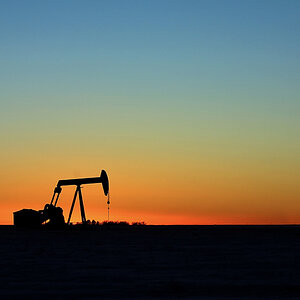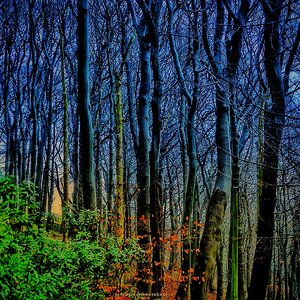Ysarex
Been spending a lot of time on here!
- Joined
- Nov 27, 2011
- Messages
- 7,141
- Reaction score
- 3,713
- Location
- St. Louis
- Can others edit my Photos
- Photos OK to edit
Wow, that's incredibly informative and I really appreciate your time and skills.
I'm always looking to learn more. When ever I see a shot that I or she takes and think "Hey that's pretty good", I like to post it on here to find the flaws. We don't learn from success, we learn from mistakes. I hope to hone my skills and 'increase' my standards through stuff like this.
So your suggestion, then, is to wait until sunset for a shot like this in the future? Not to shoot middle of the day, overcast landscape shots?
It's the overcast landscape with the sky in the shot -- that's an instant default to backlight. If you do that and you aren't consciously thinking about why and how you're taking this backlit photo and how you plan to deal with it, then you're crashing and burning.
I assume there is no practical way to properly expose a large subject like this in bright daylight? (Short of some 50,000 watt strobes or something and metering for the sky? LOL)
Exactly! 50,000 watt seconds sounds right -- time is short -- see the light and don't waste time. There's always something to photograph, so do what works and don't waste time on what doesn't. Photos like this can sometimes be worth the effort but it's all about you being in control from start to finish. This photo wasn't worth the effort if you (or Ashley) didn't recognize the lighting condition up front, consciously think about it and then make the decision that this was worth the post processing work. I suspect that didn't happen during a 45mph drive by -- fair enough, you can call it a happy accident, but most accidents aren't happy. If you can't see it and make the call before you trip the shutter then you're out-of-control. Being in control is a much more satisfying place.
I scream this at my students all semester long: The difference between an amateur and a professional photographer can be summed up in one sentence: The amateur looks through the camera and sees the subject, while the pro looks through the camera and sees how the subject is lit -- see the light!
Take Care,
Joe
P.S. Where abouts are you in MO, I'm in St. Louis.


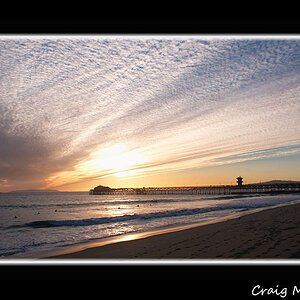
![[No title]](/data/xfmg/thumbnail/42/42465-64dd69400e2bfaf59e558c3d8c934271.jpg?1619740192)

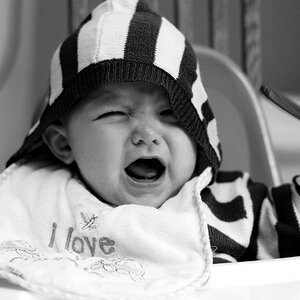
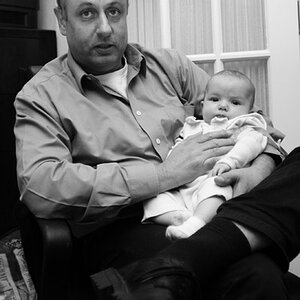
![[No title]](/data/xfmg/thumbnail/37/37930-501fdf314a05686acde53d9899f68091.jpg?1619738402)
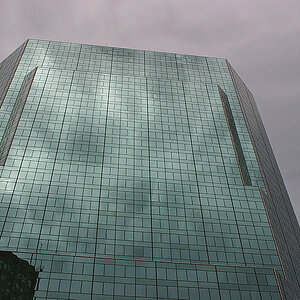
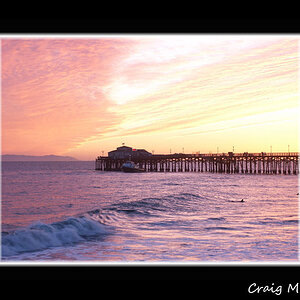
![[No title]](/data/xfmg/thumbnail/37/37534-e0f67d1d14bd79cca15937359f0e4c94.jpg?1619738132)
![[No title]](/data/xfmg/thumbnail/42/42464-98a778e864f4e6df2a9cc673b7549322.jpg?1619740192)
